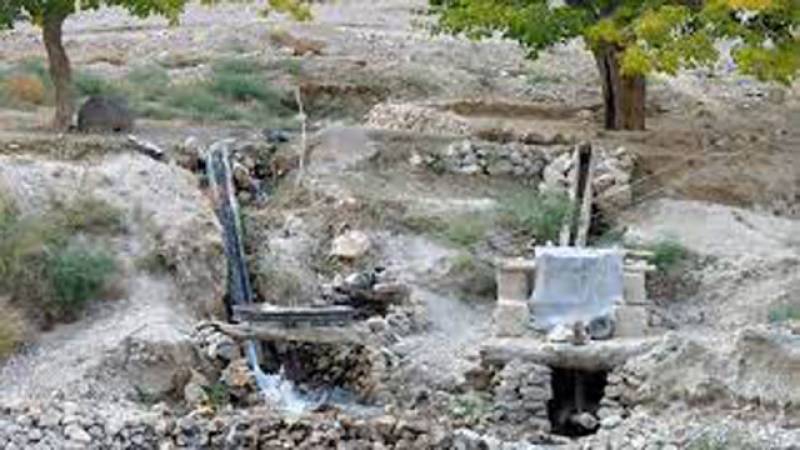Small hydropower projects in rural areas offer solution to power shortage

It is possible to alleviate the current energy crisis by generating localized and sustainable power through small hydropower projects in rural areas. In addition to promoting inclusive development, improving living conditions in rural areas, and contributing to renewable energy targets, Pakistan can achieve its renewable energy targets by focusing on these projects. Climate, Energy and Water Research Institute (CEWRI) Scientific Officer Muhammad Asif.
According to him, Pakistan’s mountainous terrains, such as Potohar and KP, can be developed into small run-of-river hydropower plants. According to him, these projects require lower initial investments, smaller areas, shorter planning and construction times, locally-trained manpower, indigenous materials, and lower power generation costs. A power channel diverts water from the river to run the turbine in the powerhouse. After rejoining the same river, there is no loss of water,” Eng. It was Asif who said this. A number of obstacles are preventing or delaying the development of small hydro power plants in Pakistan, although numerous hydro sources have been identified that can generate significant electricity. Among these are a plan and monitoring framework, funding, rules, and regulations for SHPPs, a lack of hydro resource data, and social barriers.” he told WealthPK.
Funding shortages are a common challenge for the SHPP industry. According to him, because the industry relies primarily on funding, the allocated funds are usually spent on a single community or region, not enough to address the energy crisis. In order to attract private investment in building small hydropower projects, the government should devise policies that encourage private investment. Mr. Saifullah, superintendent of the Pakhtunkhwa Energy Development Organization (PEDO), told WealthPK, “Pakistan and specifically Khyber Pakhtunkhwa province have enormous hydropower potential which can provide long-term energy security if exploited in a systematic, planned, and transparent manner. The immense hydropower potential in the province and across Pakistan must be harnessed.”
A total of 328 feasible mini-micro hydropower projects have been identified by the PEDO, of which 281 have been implemented in the first phase, with work on a number of new micro hydropower projects ongoing in the second phase. In 2050, Pakistan will need 49,078MWs of electric power, according to International Energy Agency (IEA).
Funding shortages are a common challenge for the SHPP industry. According to him, because the industry relies primarily on funding, the allocated funds are usually spent on a single community or region, not enough to address the energy crisis. In order to attract private investment in building small hydropower projects, the government should devise policies that encourage private investment. Mr. Saifullah, superintendent of the Pakhtunkhwa Energy Development Organization (PEDO), told WealthPK, “Pakistan and specifically Khyber Pakhtunkhwa province have enormous hydropower potential which can provide long-term energy security if exploited in a systematic, planned, and transparent manner. The immense hydropower potential in the province and across Pakistan must be harnessed.”
PEDO had identified 328 feasible mini-micro hydropower projects, of which 281 had been implemented in the first phase, while a number of new mini hydropower projects were in the second phase. In 2050, Pakistan will require 49,078MWs of electric power, according to the International Energy Agency (IEA).
